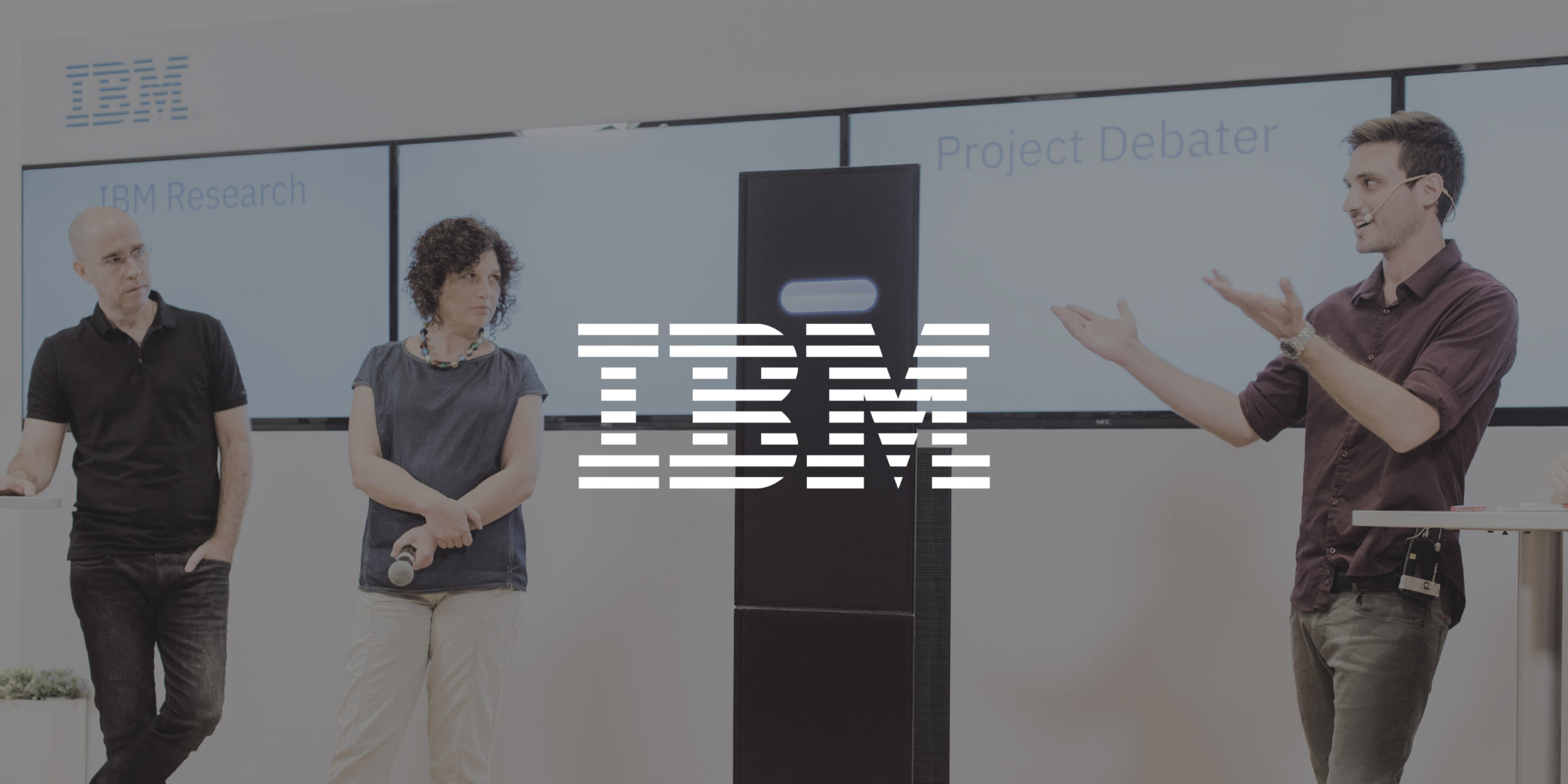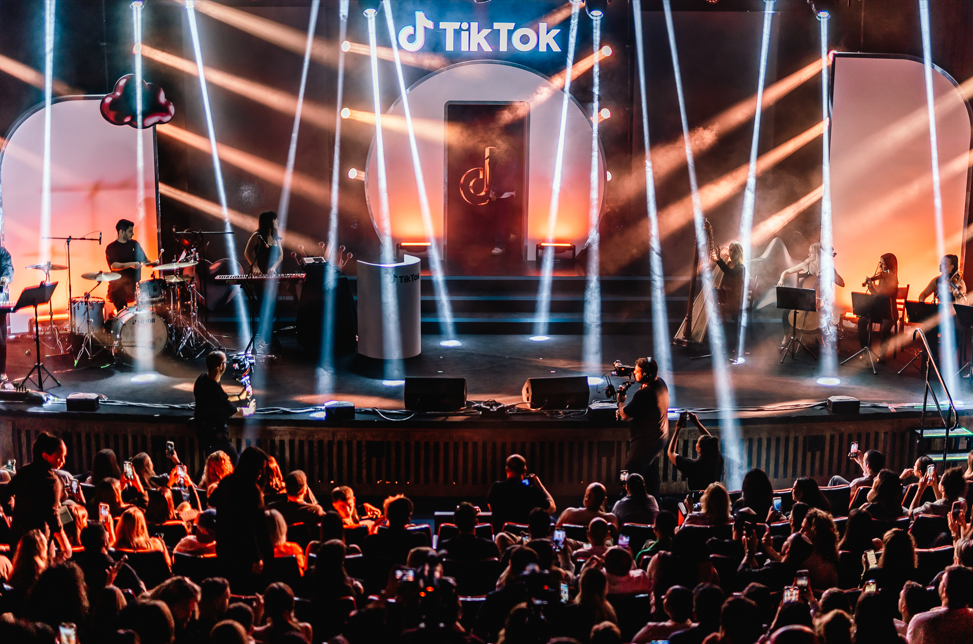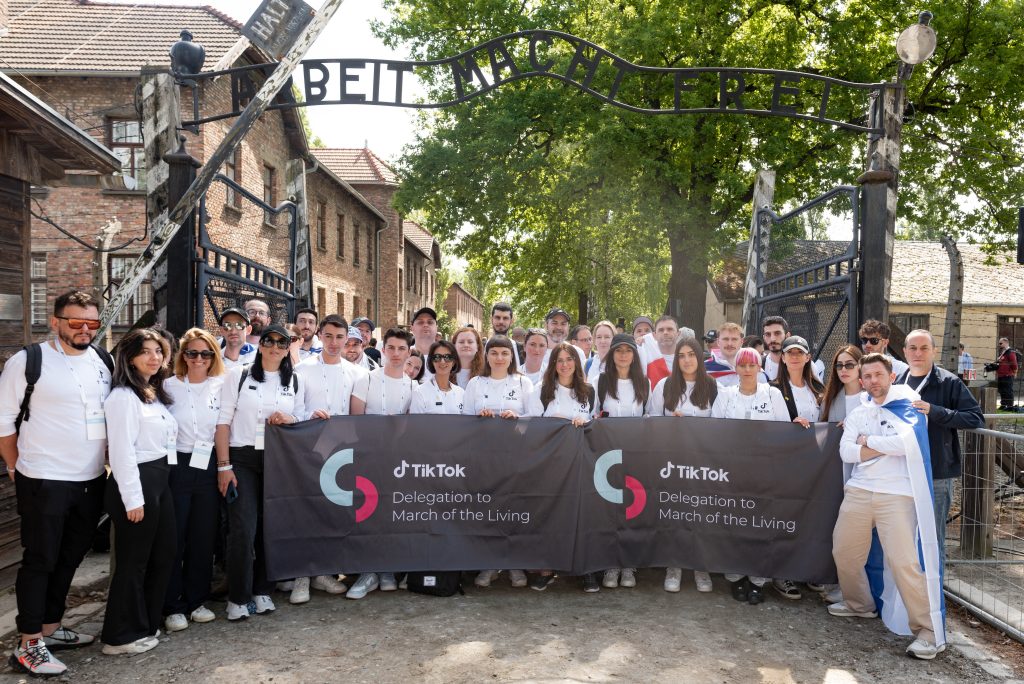Since the 1950s, scientists working in the field of artificial intelligence have pitted people against machines. Some of the most famous confrontations took place using games to demonstrate progress in the field. In 1997, IBM’s Deep Blue computer defeated the chess world champion Gary Kasparov; the IBM Watson platform won the TV trivia show “Jeopardy” in 1997; and in 2016, the Google AlphaGo computer beat the world champion of the complex Chinese game Go. This approach of having computers compete, usually successfully, with humans captured the public’s attention. It also inspired a new generation of computer scientists seeking to achieve the next level of innovation in the field of artificial intelligence. They wanted to uncover ways for people and machines to communicate with each other within a framework could go beyond the level of answering questions about the weather, traffic or restaurant recommendations. Artificial intelligence certainly holds the promise of supporting autonomous driving, assisting in diagnosing illnesses and improving business processes. But regarding language, argument and logic, the question remains whether artificial intelligence can enable machines to hold a meaningful dialogue with people or to present and support arguments.
Looking to make a great leap forward in the field of artificial intelligence and to develop the infrastructure for genuine communication between people and machines, researchers at IBM research labs dedicated the last six years to the next great challenge set by the company: creating a computer with a command of human language. In June 2018, IBM unveiled the Debater Project, the first artificial intelligence system capable of holding a real and meaningful discussion and competitive debate with humans. Minutes before a debate begins, the system receives the question to be debated, which is the sole input it receives. The Debater system then scans billions of sentences in order to create and present a coherent and convincing position on the subject in its opening speech. After that, it listens to the other side’s opening speech and creates an appropriate rebuttal in real time. The system finishes the debate by summing upon its arguments in a concise third speech. The Debater’s ability to present validated counterarguments and it capabilities for engaging in a discussion far exceed those of any other artificial intelligence system.
Two weeks after the Debater’s San Francisco launch, IBM demonstrated the system in Israeli for Israeli technology journalists. Some 25 journalists from a variety of platforms arrived at the event to watch the system conduct two debates with two professional Israeli debate champions. The event produced dozens of media mentions, and generated a high demand to interview the two Israeli researchers leading the project. The Israeli launch of the Debater also helped lay the ground for strengthening IBM’s positioning as a pioneer in the field of artificial intelligence research. One of the journalists summed up the strong impact of the Debater’s launch: “As someone who’s been following the tech sector for a decade – and maybe becoming a bit inured over the years to buzz and promises – I realized right away that this time was different – this was something to tell my grandchildren. I was in the room when this thing was presented… Debater will go down in technological history along with Deep Blue, which defeated Kasparov in 1997 and AlphaGo, which beat Go world champion Lee Sedol in 2016. In certain ways, it’s even more impressive.”






